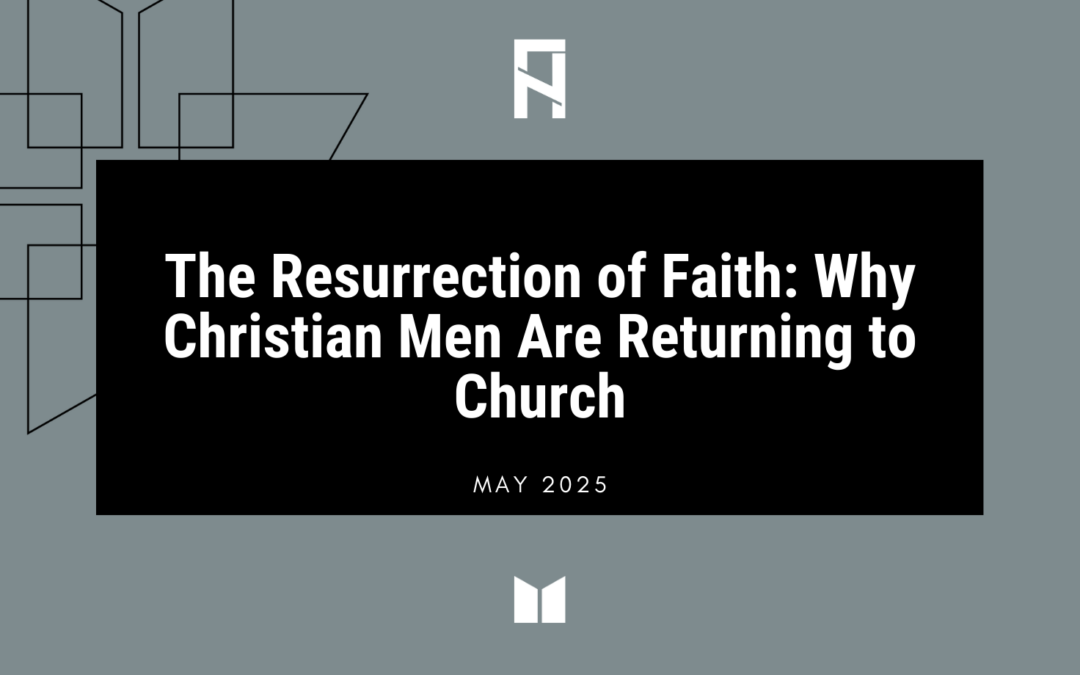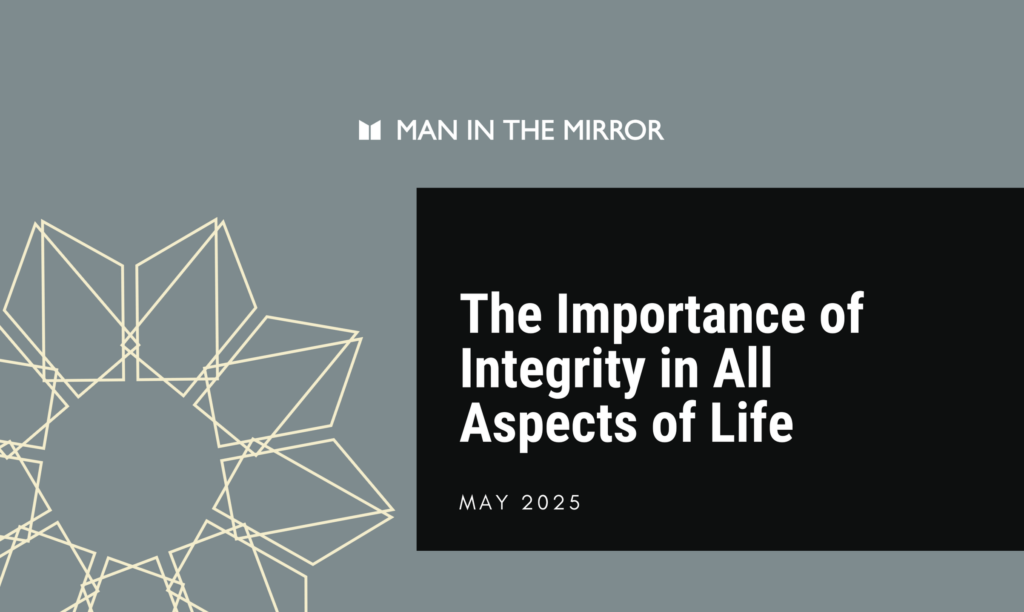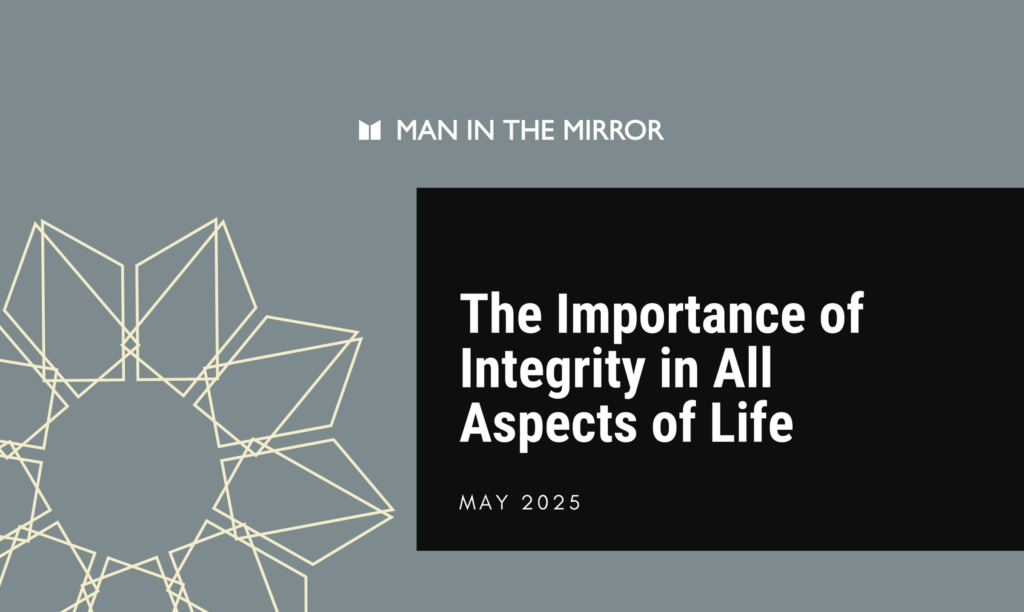A quiet revolution was unfolding in sanctuaries across America and beyond. Young men, particularly those of Generation Z, started walking through church doors in numbers that defied decades of grim predictions about the decline of Christianity. For years, we’ve been told that religion is fading, that the seats are emptying, and that the “nones”—those who check “none” for religious affiliation—are the inevitable future.
Yet the data, the stories, and the spirit of this moment tell a different tale: Christian men are returning to church, our assumptions about the death of faith may be wrong, and this resurgence demands that we invest in discipling the next generation of believers.
This return signals a profound stirring—a hunger for meaning, community, and transcendence in a world that often feels fractured and fleeting. To seize this moment, we must understand its roots, challenge outdated narratives, and commit to guiding these men toward a faith that is vibrant, purposeful, and enduring.
The Unexpected Return of Gen Z Men
For decades, the narrative of religious decline has been as familiar as a Sunday sermon. Since the early 1990s, the percentage of Americans identifying as Christian has fallen by roughly 1% per year, dropping from 90% to about 63% today, according to the Pew Research Center.
The rise of the “nones” has been relentless, with secularism, skepticism, and cultural shifts pulling people—especially the young—away from organized religion. Churches, we were told, were relics of a bygone era, destined to fade like rotary phones or handwritten letters.
But in 2024, a surprising shift emerged. Data from multiple sources paints a compelling picture: a New York Times report revealed that Gen Z men are now more likely to attend church than their female counterparts, reversing decades of gender trends. Sociologist Ryan Burge’s 2024 analysis shows that 24% of Gen Z attend weekly services—outpacing Millennials and Gen X by 2 percentage points. The Barna Research Group found that most Gen Z teens express curiosity about Jesus, with younger cohorts leading in new commitments to faith. Meanwhile, the 2025 State of the Bible report noted a rise in Bible engagement, particularly among young men.
This is no statistical fluke.
Walk into a church on any given Sunday, and you might see them: young men in their late teens and early twenties, some in jeans and hoodies, others in collared shirts, sitting attentively or singing with a conviction that feels fresh. They are not here out of obligation or tradition, as their grandparents might have been.
They are here because they want to be.
Why Now?
This unexpected return flows from the crucible of recent years. The cultural upheavals of 2020—COVID-19 lockdowns, social unrest, and political polarization—left many young people grappling with isolation and existential questions. Mental health challenges, including rising rates of suicide and self-harm, have amplified the search for meaning.
Churches, with their promise of community and purpose, are becoming beacons for those adrift. The church offers a sense of community that is hard to find elsewhere, providing a place where people can come together, share their struggles, and support one another. In a time when social media and technology can leave us feeling isolated, the church becomes a sanctuary for genuine connection and belonging.
Faith also provides a sense of purpose that is often lacking in modern life. It offers young men a clear direction and a reason to strive for something greater than themselves—a life of meaning and significance.
Moreover, the church offers a unique sense of brotherhood. We can’t cast a blind eye to the ongoing conversations about male loneliness and isolation then wonder why a sense of belonging to other faithful men would sound like a good thing.
New Challenges for Now
We’ve long accepted Christianity’s decline as an unassailable truth. Scholars, pundits, and even some clergy have leaned into this story, pointing to empty pews and secular trends as evidence that faith is losing its grip. But the data—and the young men filling sanctuaries—suggest we’ve been too quick to write the church’s obituary.
Ryan Burge notes that the share of “nones” has stopped rising significantly, marking a pause after three decades of growth. This stabilization, coupled with the uptick in church attendance among Gen Z men, challenges the assumption that religion is doomed to irrelevance.
Our mistake has been assuming secularization is a one-way street, ignoring the cyclical nature of faith. History is replete with examples of religious revivals emerging from periods of doubt—think of the Great Awakenings in the 18th and 19th centuries, which reshaped American spirituality. The current moment feels like the stirrings of such a revival, driven not by fiery preachers but by a generation seeking answers that secular culture hasn’t provided.
So it could be the stirrings of revival.
But it could also be the scattering of dry seed on dry ground.
The Imperative of Discipleship
These new attendees hold the potential for growth, yet potential alone is not enough. For these seeds to take root and flourish, they need water, sunlight, and care—in other words, they need discipleship.
These reports are more than numbers—they are stories of lives stirring, of young people seeking meaning in a world that often feels fragmented and hollow. Yet, as we stand on the cusp of this resurgence, we must not mistake attendance for achievement. The true goal is not how many fill the seats on Sunday but how many are transformed by the gospel, growing into mature disciples of Christ.
What we have today are young men entering church with little to no model for what a faithful, biblical man looks like. And we have a generation of older men who have little to no experience with disciple-making. In some cases, we have sons without fathers and fathers who were never sons—an orphaned generation.
It’s like a relay race where the baton was never passed. The young men are at the starting line, eager but unsure, while the older runners have slowed to a walk, having never been trained to hand off what they carry.
Discipleship demands intention: relationships that foster trust, spaces for honest questions, and resources to guide new believers on their journey. It’s about showing what faith looks like in action, lived out amid life’s complexities. The reward, however, is worth the effort. If we nurture these newcomers, we might be witnessing the dawn of a new Great Awakening.
Or at least the hearts of some few men changed—and that will be enough.






